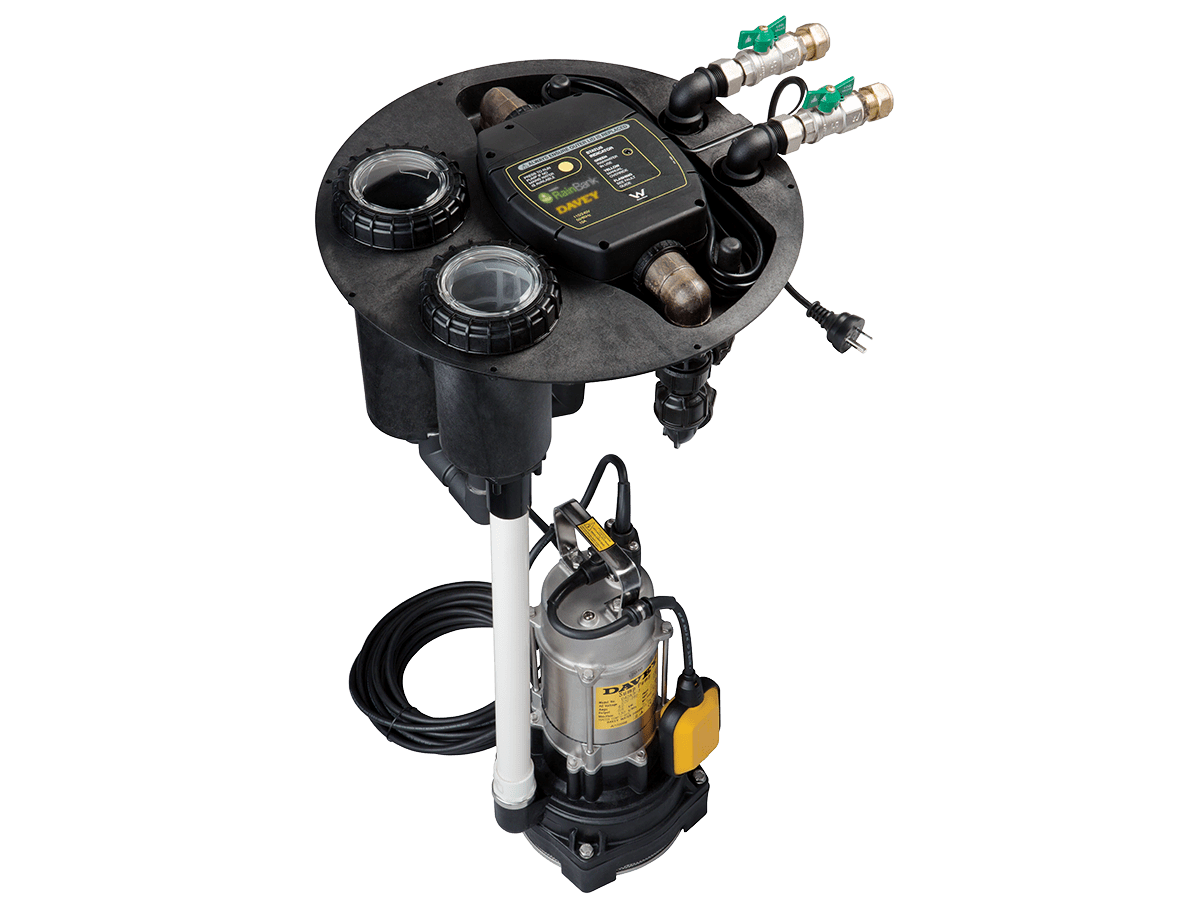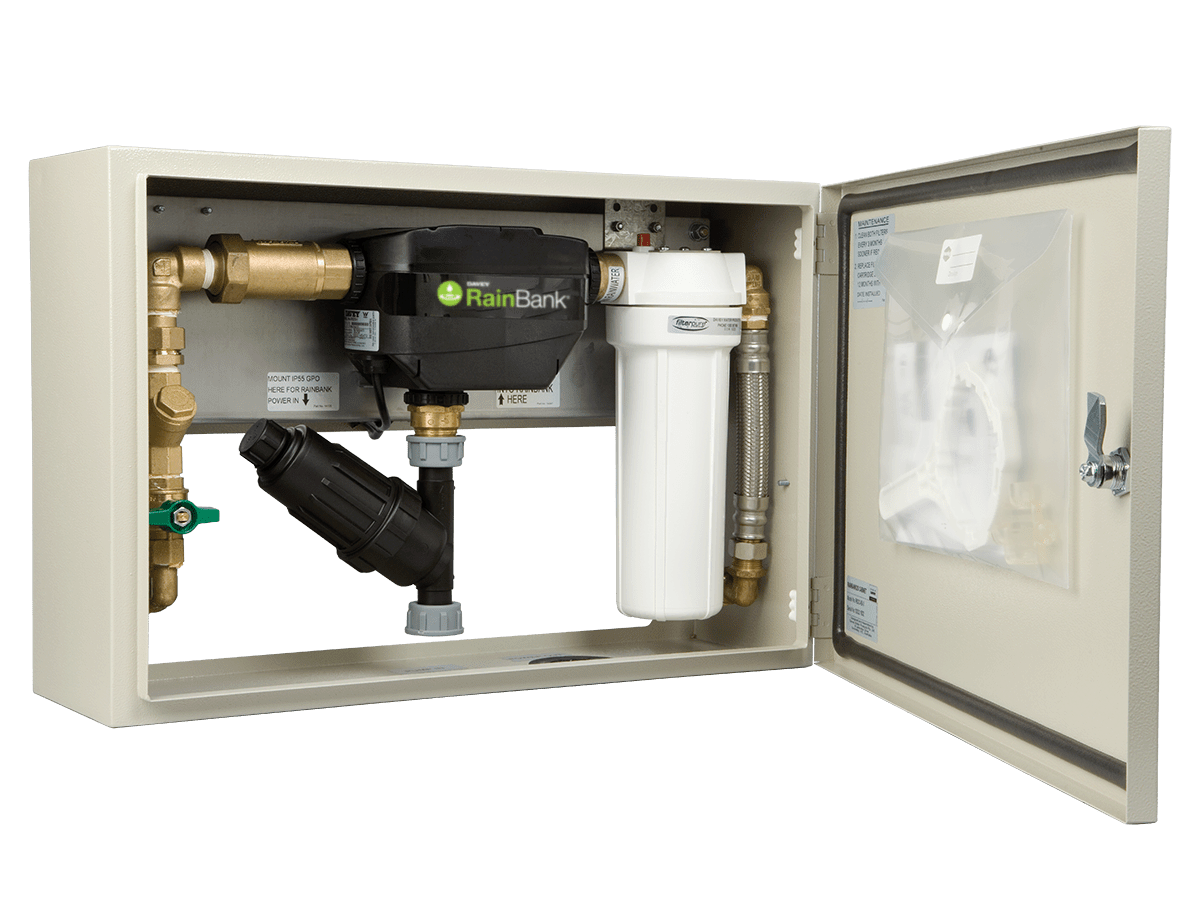Rainwater capture and use – at your place
Did you know you can collect rainwater from the roof of your house to use for everything from filling your pool and watering the garden, flushing the toilet and doing your laundry, right through to showering and drinking*?
Rainwater collection or rainwater harvesting is becoming more and more popular in New Zealand homes as councils prepare to transition to a system where they start charging for water, wastewater and stormwater services.
Harvesting rainwater has a number of benefits including autonomy around your water usage, cost savings, doing your bit towards sustainability and reducing pressure on council systems.
Almost any property can set up a rainwater harvesting system and if you’re thinking of doing so at your place, we’ve compiled some handy information about what’s involved in setting up a rainwater harvesting system at home.
SAVINGS

Keen to save up to 40% on your mains water usage?
SUSTAINABILITY

Wanting to do your bit by collecting and re-using your rainwater?
FREEDOM

Sick of not being able to water your garden or wash your car during restrictions?
How does it work?
The Davey Rainbank is the smart controller part of a rainwater harvesting system which, when integrated with a water tank collecting water from your roof and your existing property plumbing will allow you to seamlessly switch between mains water and your collected rainwater for various household uses.

Whether you’re on tank water or town water, did you know there is only one way to ensure your water is entirely free from harmful bugs and bacteria – including cryptosporidium? Don’t rely on other people to ensure your family’s water is safe. Find out how 3-stage UV water filtration can literally become your life saver.
Related products:
* We always recommend three-stage UV filtration be included in your rainwater harvesting system for drinking and whole house use.













